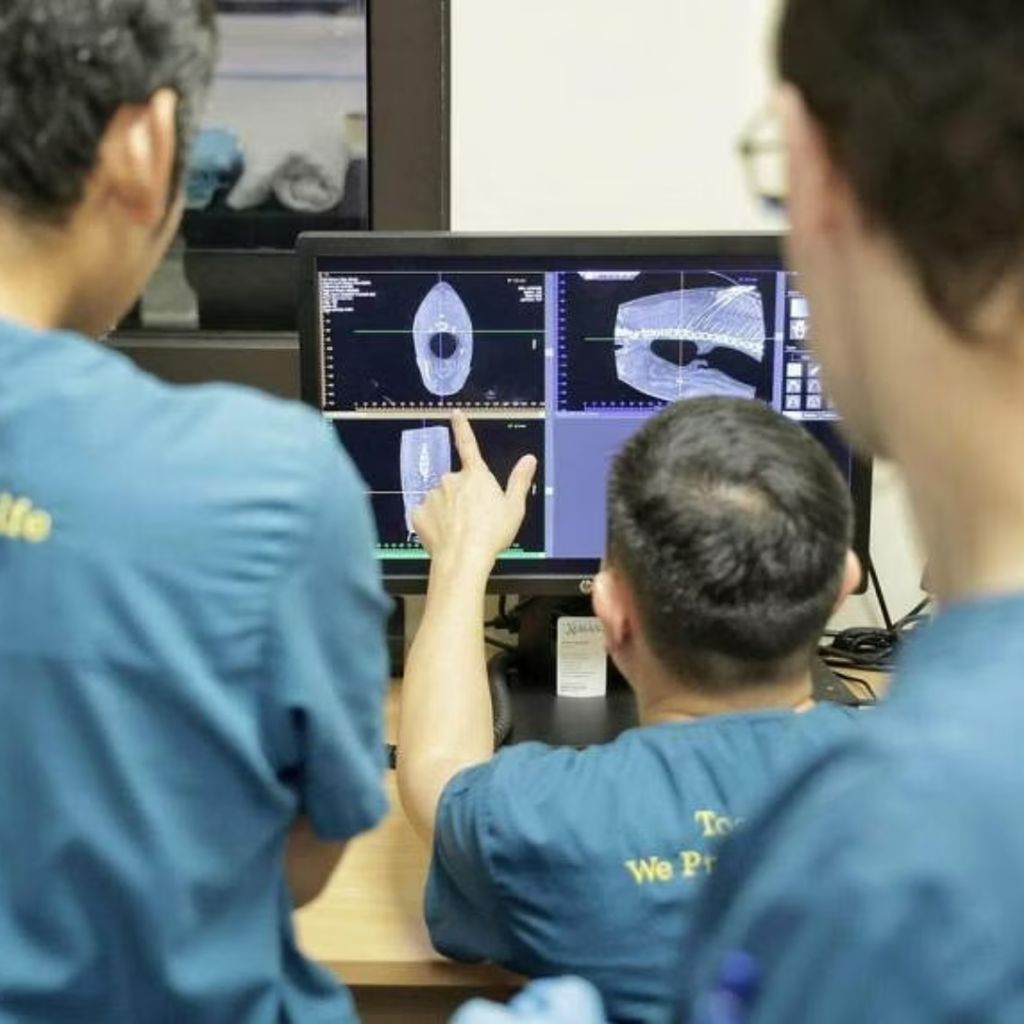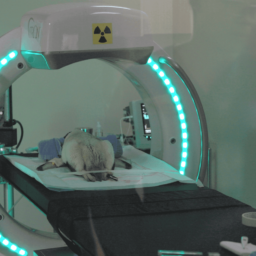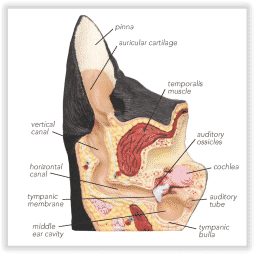Mandai Wildlife Group conducts first CT scan on a fish using vTRON
SINGAPORE – As various species of fish swam in schools, a particular bala shark stood out in the Mekong River exhibit at Mandai Wildlife Reserve’s River Wonders in April. Swimming sideways and sometimes in circles, the fish’s abnormal swimming behaviour caught the attention of an aquarist.
Bala sharks, which originate from South-east Asia, are omnivorous freshwater fish that can grow to a maximum of 35cm in length. This species is not a true shark, but has been so called because of its torpedo-shaped body and large fins.
The veterinary healthcare and animal care team from Mandai Wildlife Group made a joint decision to conduct its first-ever CT scan on a fish on May 8 using Xoran’s latest veterinary CT scanner, the vTRON.



















